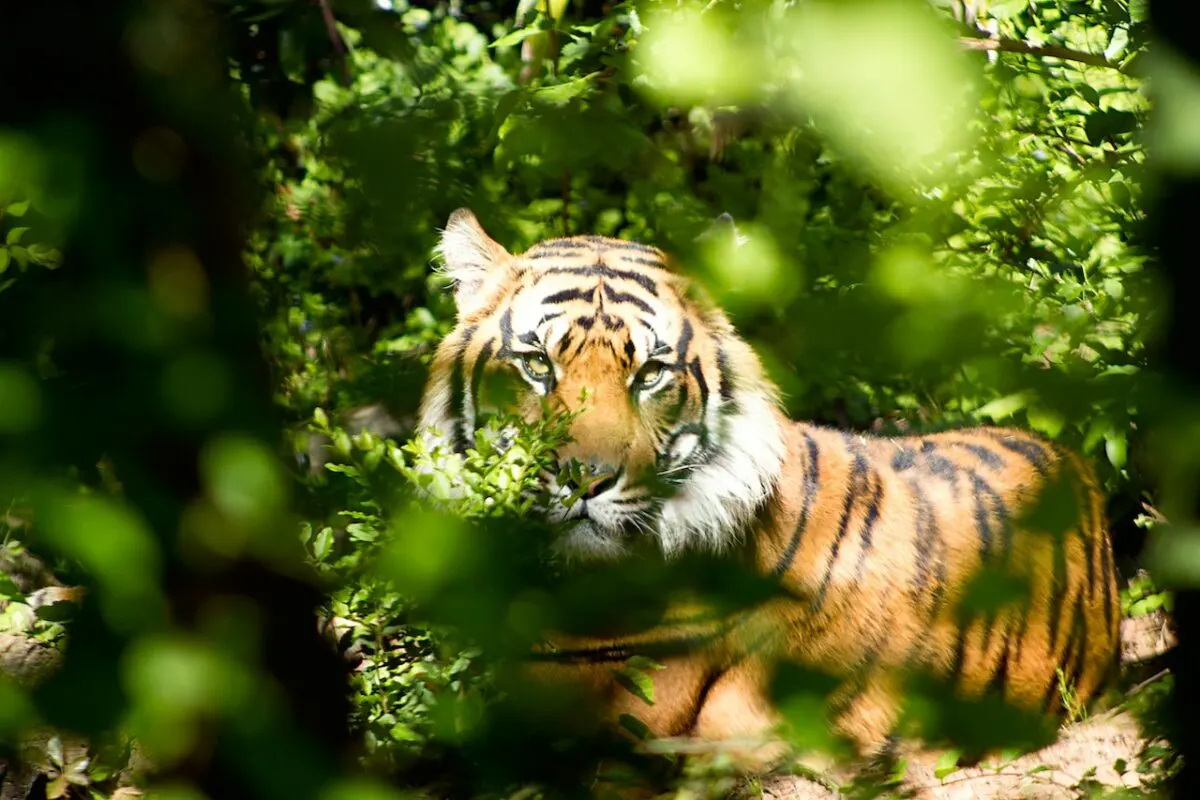Do you want to know which animal reigns in the world of mighty big cats? In this article, we’ll attempt to answer this question, or at least assess which one is superior between the Siberian Tiger Vs. African Lion. Read on for a comprehensive discussion that’ll make you a bit lion-hearted – pun intended!
Read to the end to watch video clips of the two going head to head!
Introduction
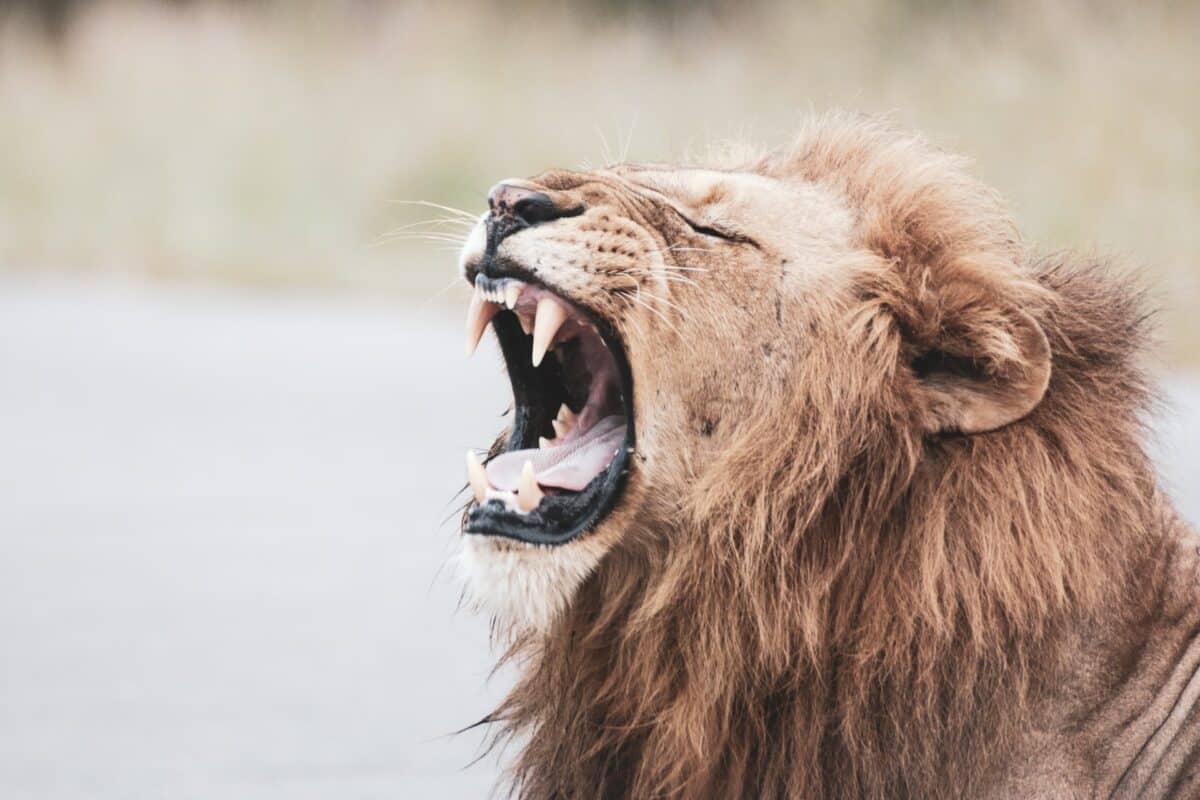
Siberian tigers (also known as Amur tigers) are native to the forests and grasslands of eastern Russia, particularly in the Amur-Heilong region.
In contrast, African lions are found from Senegal to South Africa across sub-Saharan Africa. They live in various habitats, including grasslands, savannas, and forests. African lions are big and social cats, living in groups called prides.
Size and Physical Characteristics
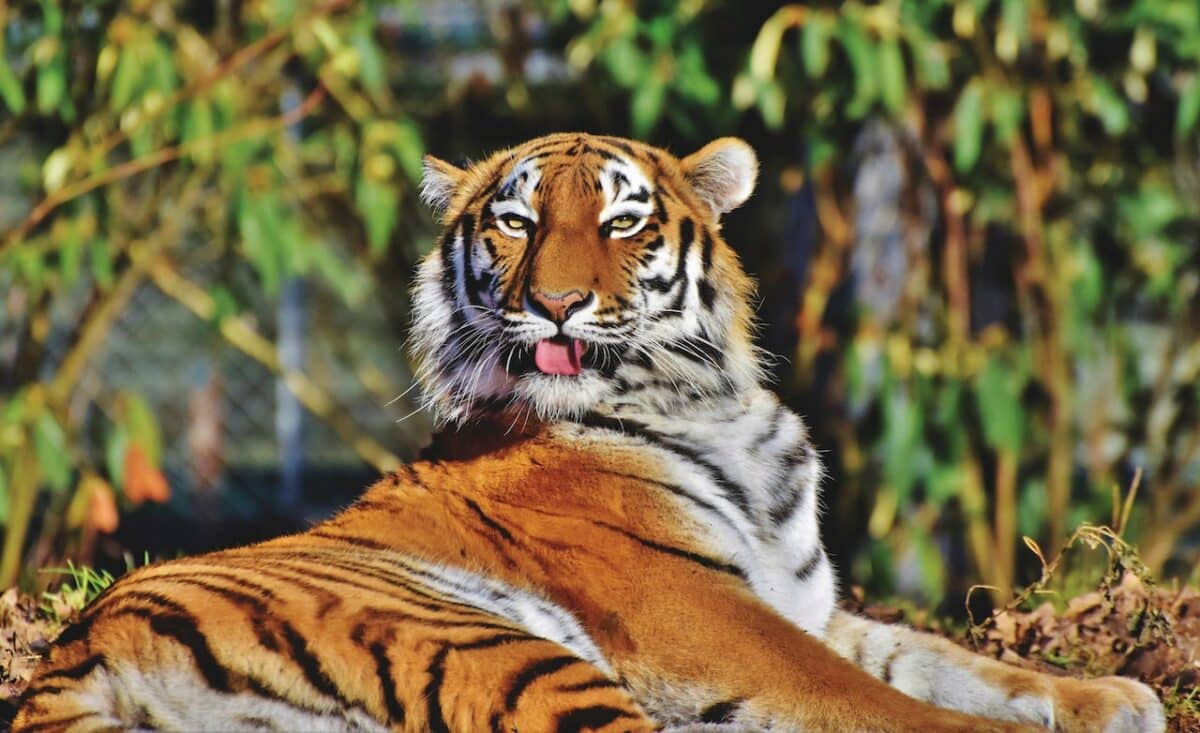
The Siberian tiger and African lion are the world’s most powerful big cats. While both species are apex predators, there are several key differences in these felines’ size and physical characteristics.
Siberian Tiger
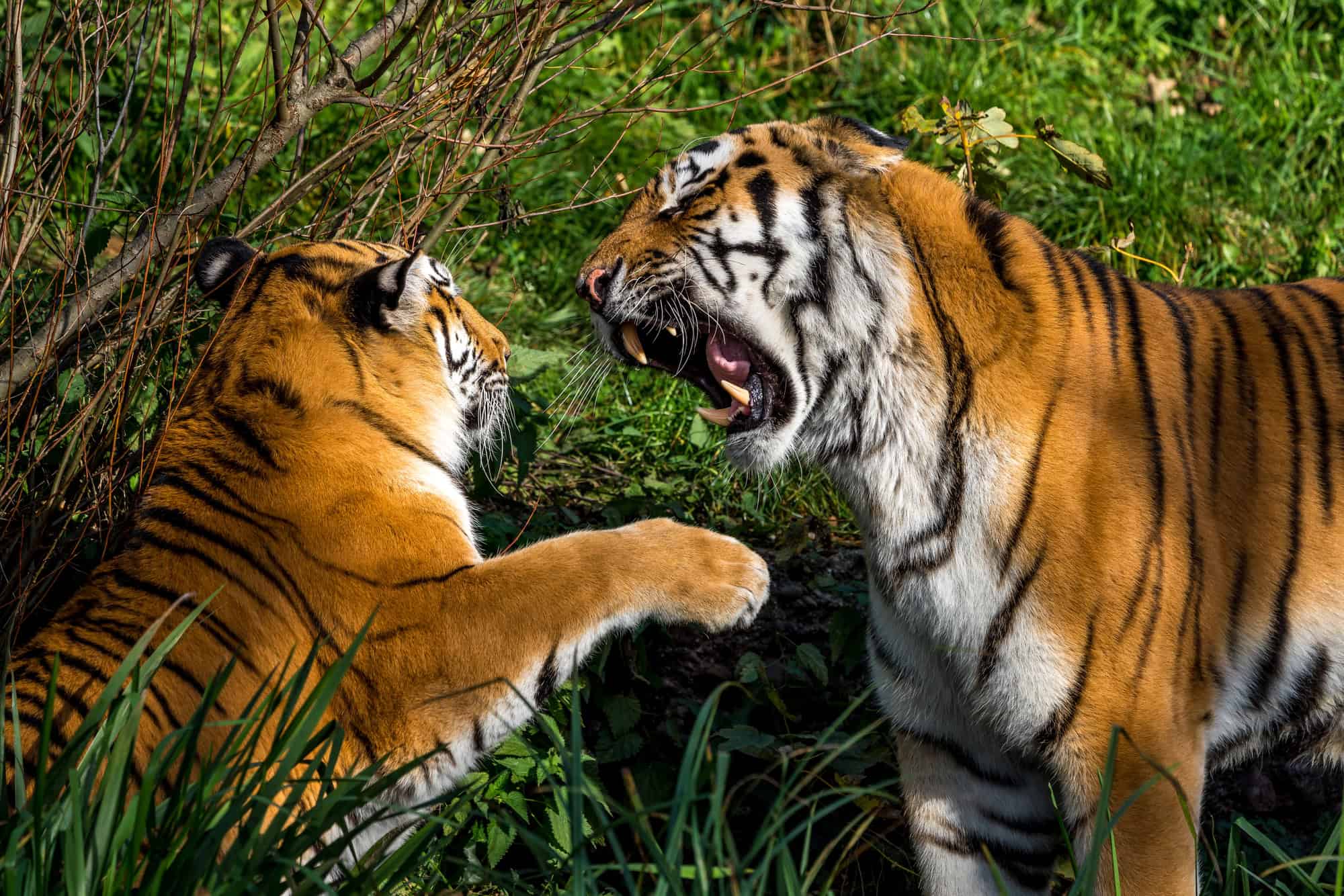
Size & Weight

Among all living cats, the Siberian tiger is one of the absolute largest, boasting males weighing up to 650 pounds and females weighing around 500 pounds. Additionally, they are recognized for their thick fur and long tails that can measure up to three feet in length.
Black Stripes

Their orange-brown coat is natural camouflage to blend into their surroundings. They also have white fur on their chest and belly area, which helps keep them warm in their cold habitat.
African Lion
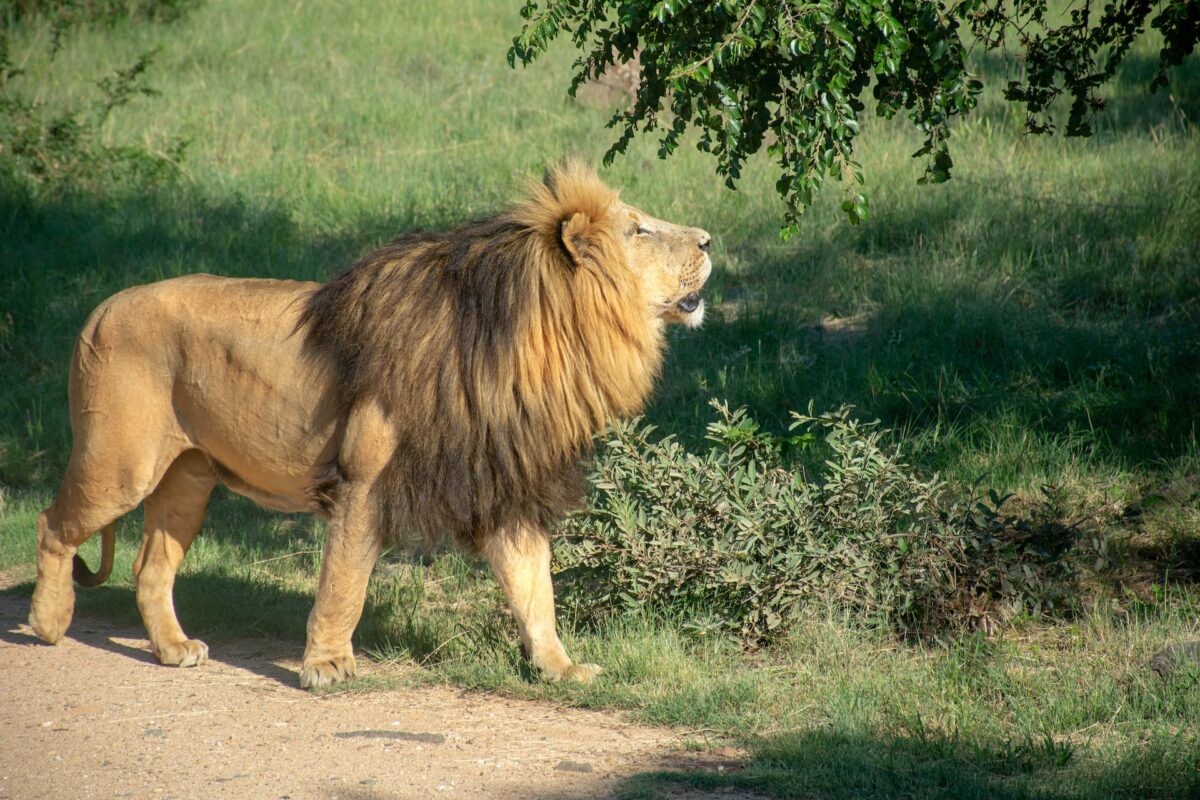
Size & Weight

African lions (Panthera leo) are another humongous cat species of the world, with males averaging between 420–550 pounds and females averaging between 250–375 pounds. Males also have a thick mane around their heads that can help distinguish them from female individuals. The color, thickness, and length depend on their age and health condition.
Coat
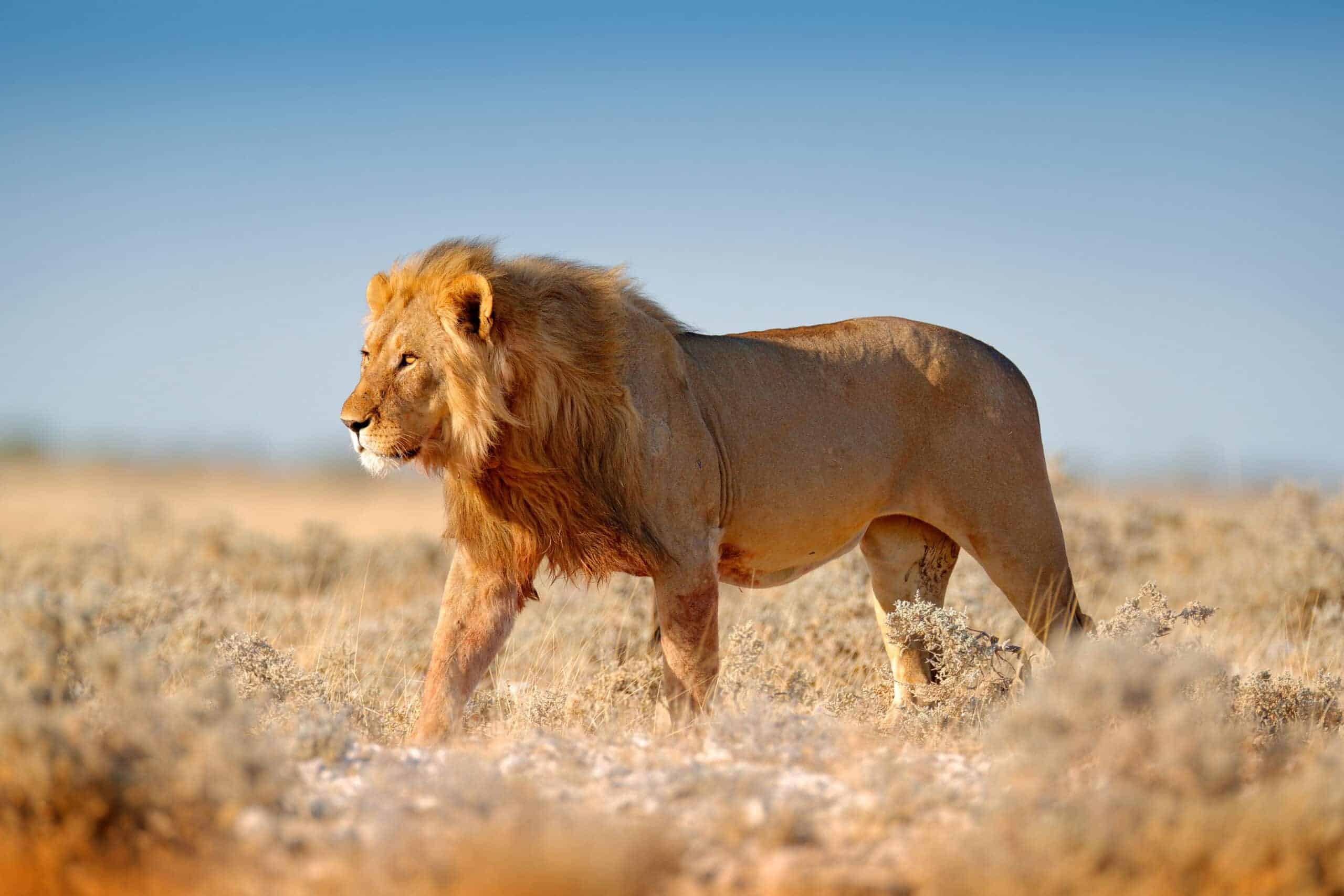
Unlike most big cats, lions don’t have spots or stripes; they have a smooth golden brown coat that darkens towards their back legs, giving them excellent camouflage when hunting prey in tall grasses or savannah habitats during the daytime hours.
Habitat

Siberian Tiger
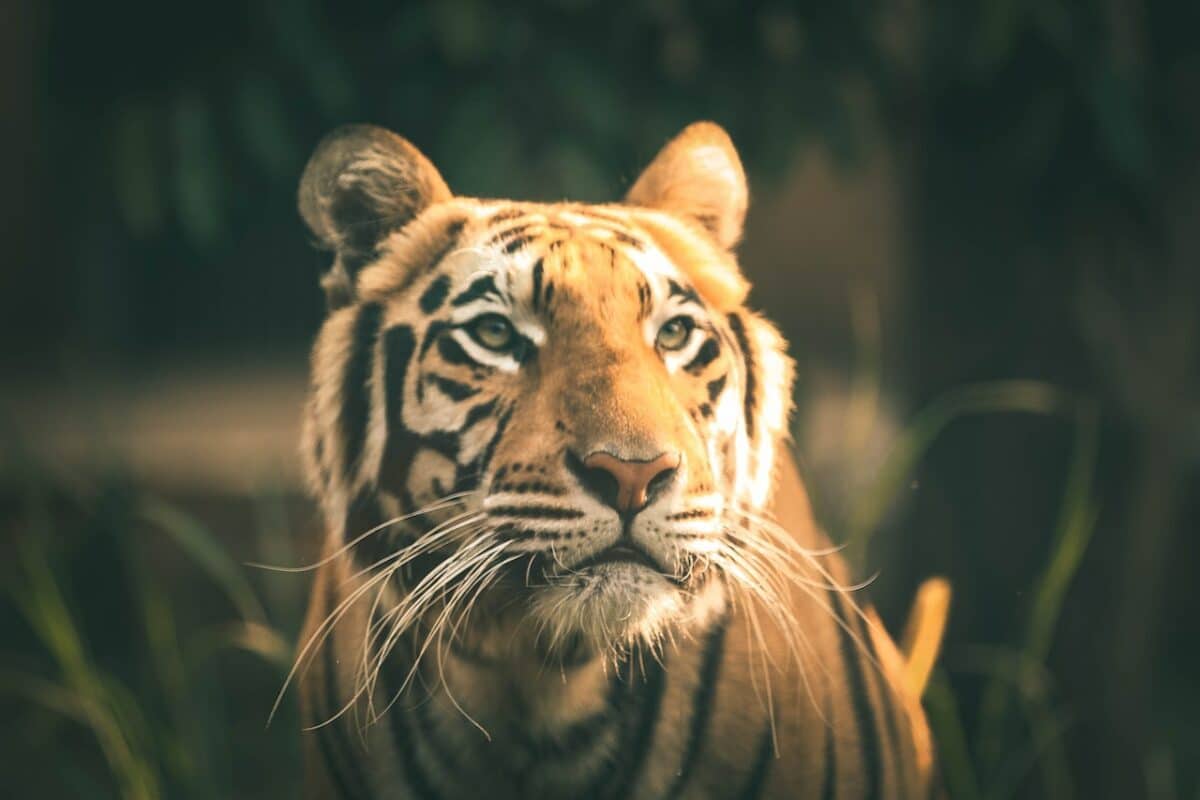
You can find the Siberian tiger in the eastern part of Russian Siberia, as well as parts of northern China and northeastern Mongolia. It prefers to inhabit dense forests with plenty of cover for hunting and hiding from predators.
African Lion
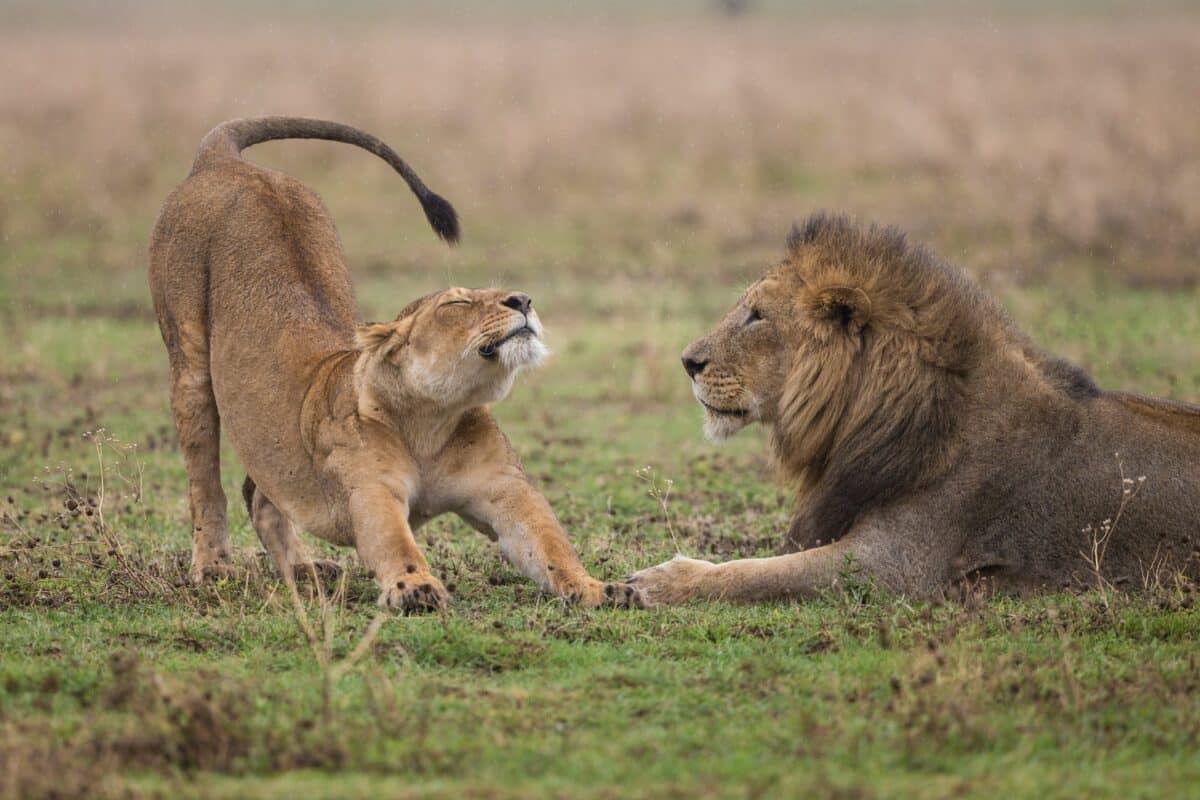
Lions are mostly present in southern Africa but can also be found throughout sub-Saharan Africa in habitats. They prefer landscapes such as grasslands, savannas, scrublands, woodlands, deserts, or even mountainous regions.
The Siberian tiger and African lion are incredibly impressive animals with unique physical adaptations that have helped them survive in their respective habitats.
Behavior and Hunting

Siberian tigers and African lions are apex predators but have different hunting behaviors due to their different habitats and prey.
Siberian Tiger
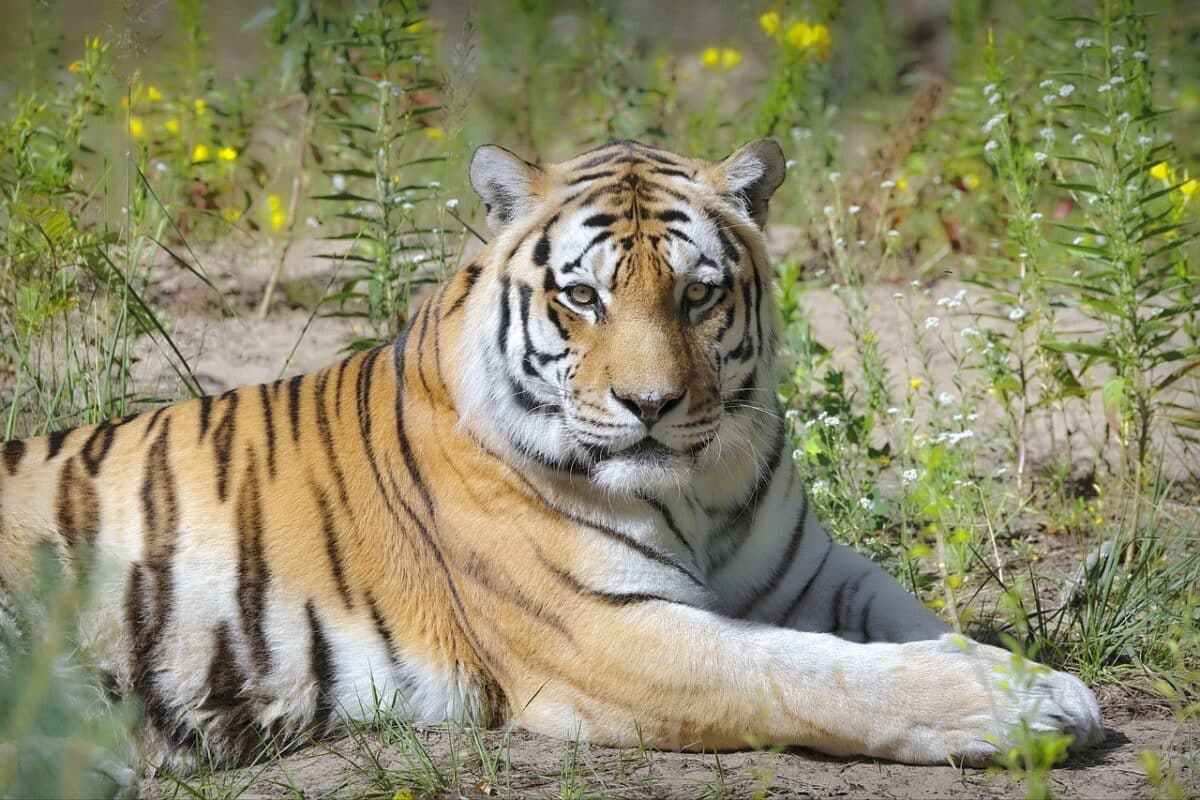
Solitary Nature

The Siberian tiger is a solitary animal that prefers to hunt alone instead of in groups, though some have been observed temporarily traveling together. They are territorial creatures and fiercely defend their turf from other cats and potential predators. Siberian tigers also use scent markings to let other animals know their presence and to keep away intruders.
Hunting Techniques
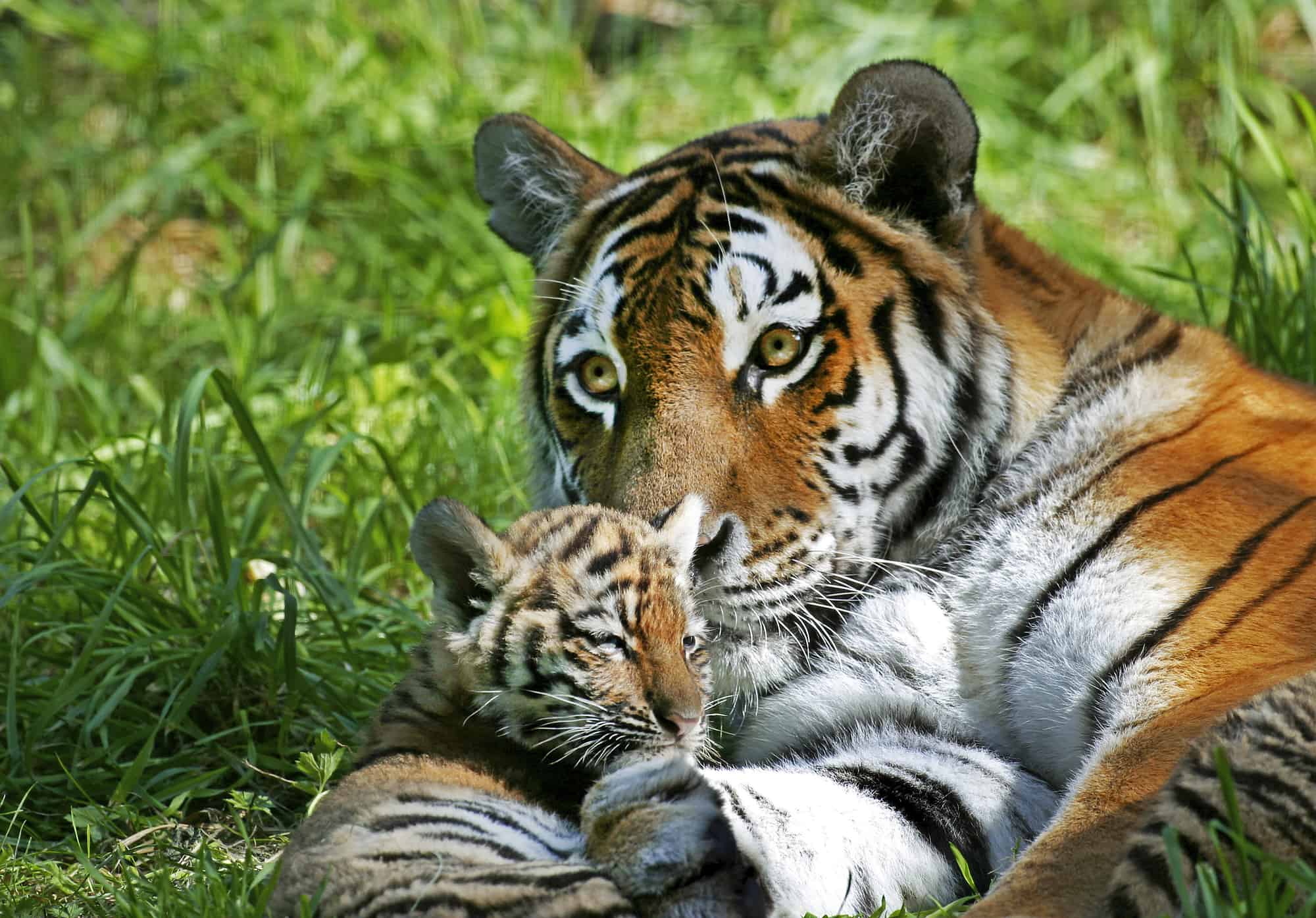
The Siberian tiger has adapted to its harsh environment by developing strategies to aid its hunting, such as lying in wait for prey or stalking them behind trees and bushes. It also uses the element of surprise by ambushing unsuspecting animals, attacking them directly without warning.
Prey
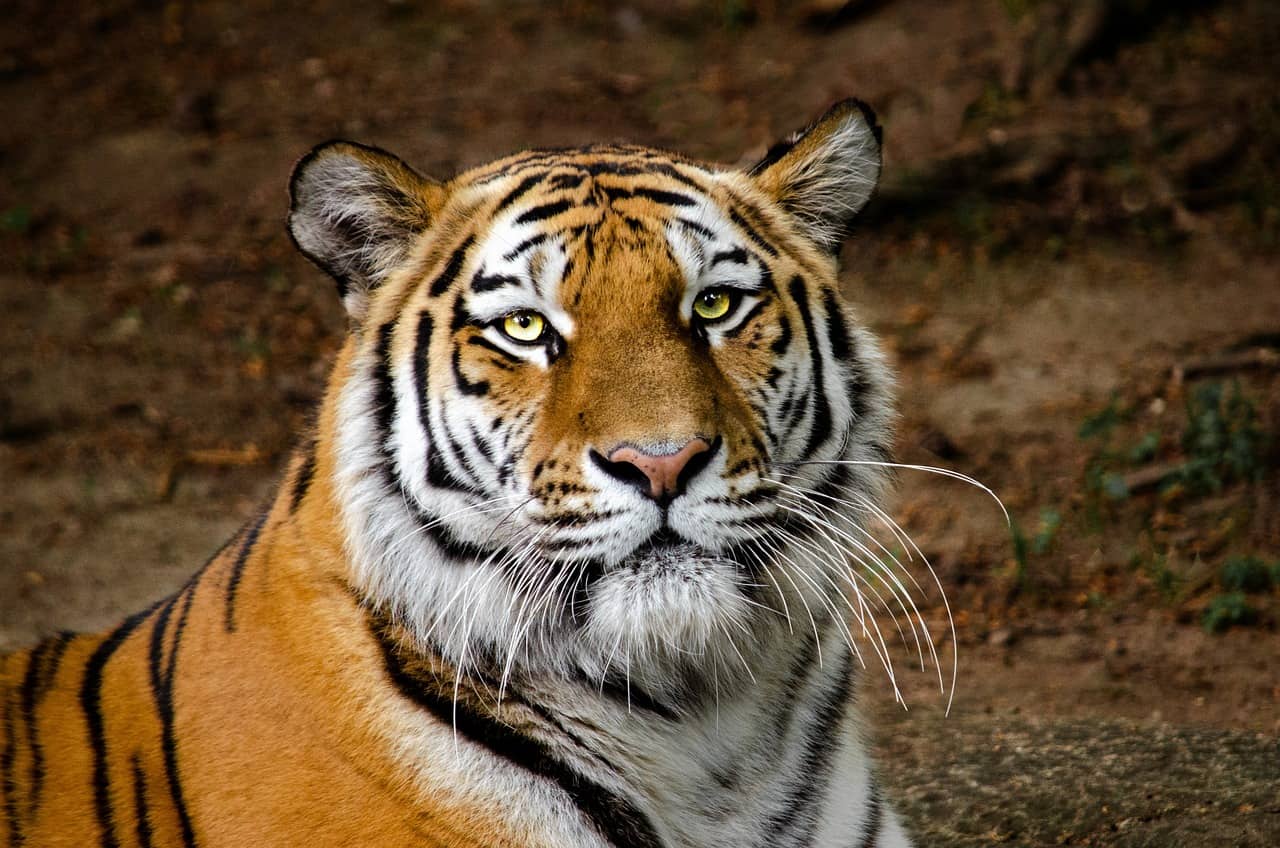
Regarding food, the Siberian tiger usually goes after hoofed animals such as deer, wild boar, elk, and wild goats but will also eat small mammals like hares and birds if they can catch them. It will also occasionally scavenge on dead carcasses if it can find them.
African Lion
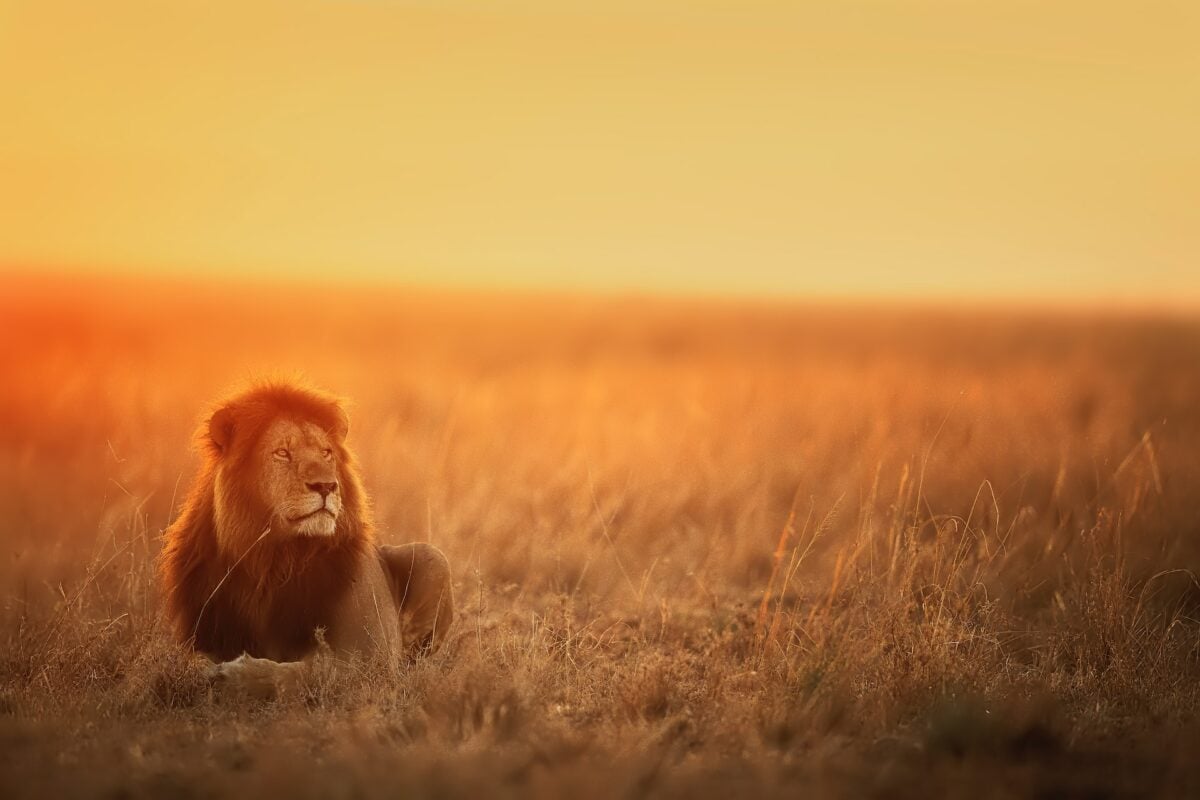
Social Structure

Unlike the solitary Siberian tiger, the African lion lives in a structured community known as a pride which is composed of related females (the lionesses) who take care of the cubs while the males (the lions) defend the territory against outside threats. Lions are social creatures and communicate with each other through body language such as head rubbing and group roars.
Hunting Techniques

Lions hunt mainly during the night when they can take advantage of their superior night vision, which allows them to detect potential prey more easily than during the daylight hours when they can be spotted from afar by their intended victims. Like tigers, lions use ambush tactics but have been known to adapt their strategy according to their prey’s behavior. For example, they chase a gazelle for miles until it tires out before going in for the kill or attacking elephant calves when it becomes separated from their mother’s protective herd.
Prey

Lions usually feed on large animals such as antelopes, buffalos, zebras, giraffes, wildebeest, or hippos. However, they will also feed on smaller mammals like hyenas or baboons if these are more abundant in their area. They also scavenge on dead carcasses if available; however, they prefer fresh meat whenever possible.
Overall, the hunting behaviors of these two magnificent predators are shaped by their environment and prey. Although there may be some similarities, each species has distinctive adaptations specifically suited to its habitats.
Challenges To Survival and Conservation Efforts
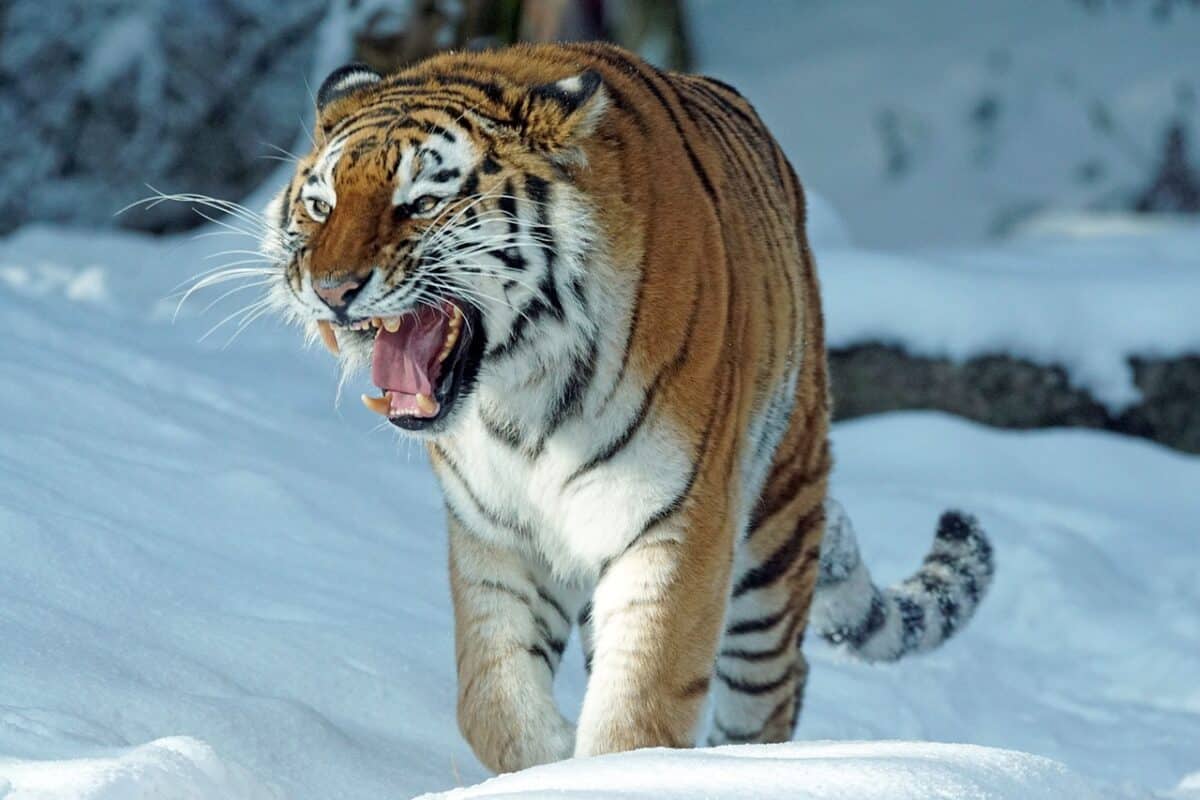
The Siberian tiger and the African lion are charismatic big cats that face numerous threats to survival. Both species face significant challenges like habitat loss, poaching, and human conflict.
Siberian Tiger
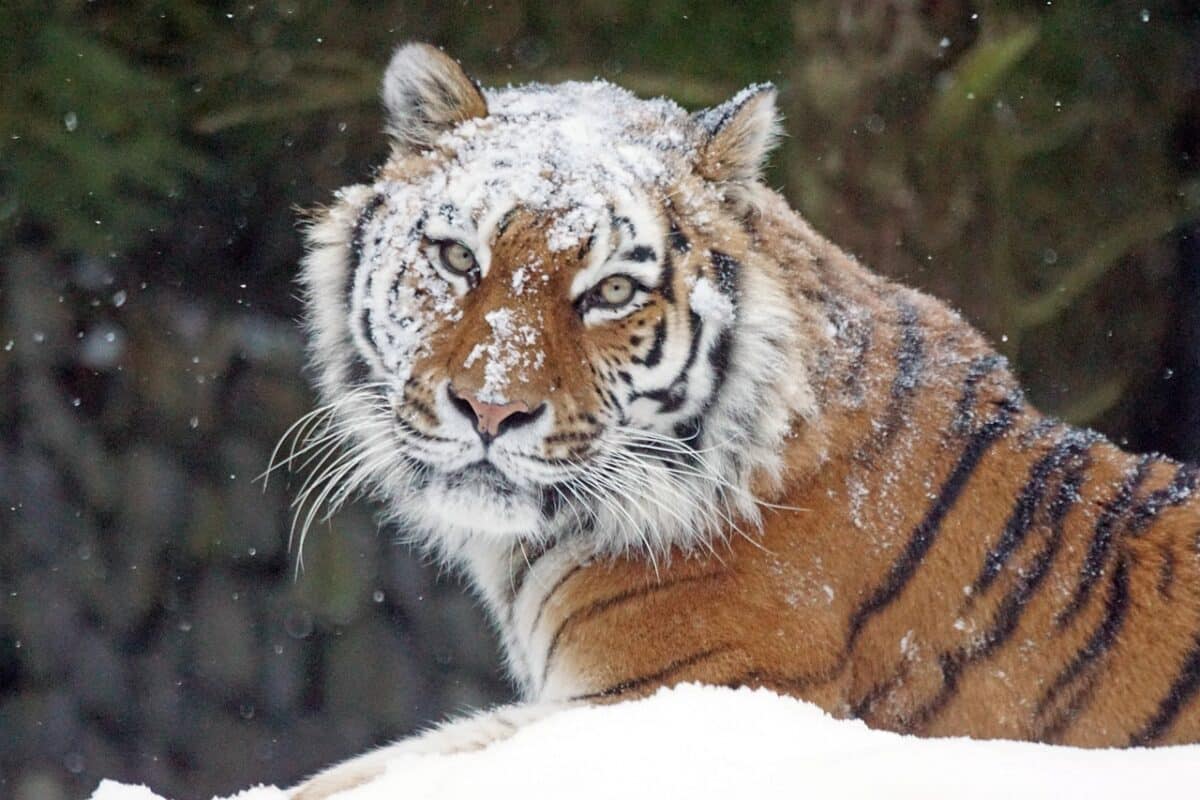
Status of the Population
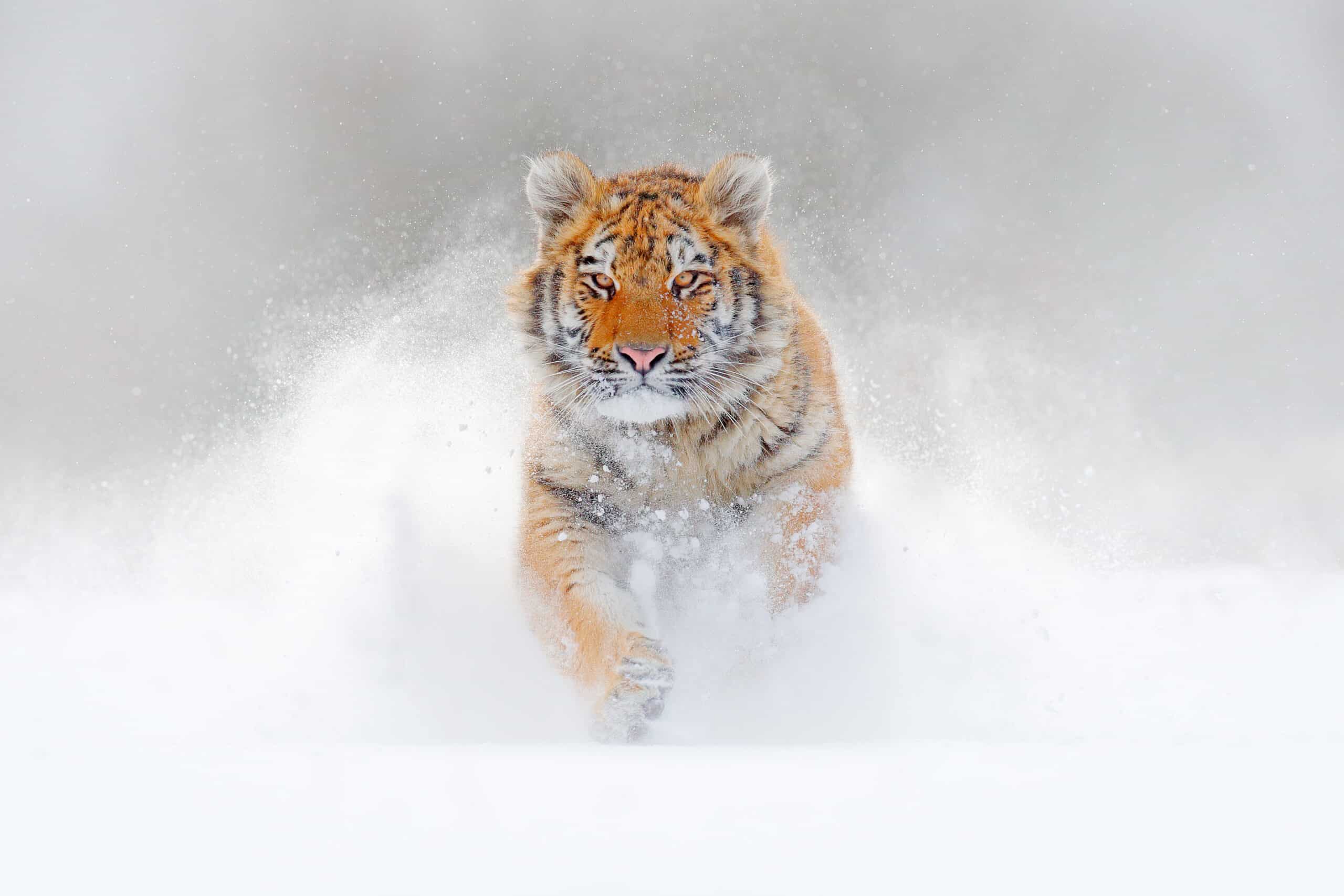
The Siberian tiger is categorized as Endangered by the IUCN and features on the Red List of Threatened Species, with a population estimated at under 500 in the wild. This number is declining due to poaching, habitat loss, and climate change.
Threats

The main threats to survival are poaching for their fur and body parts, habitat destruction due to logging and development, and climate change, reducing the prey base for this apex predator.
Conservation Efforts

Nowadays, there are many efforts to conserve the Siberian tiger, such as anti-poaching campaigns, setting aside protected areas for their habitat, conservation education programs, and captive breeding programs to increase the population size. Additionally, trade in tiger products has been banned in many countries where they still exist to help protect them from illegal poachers.
African Lion
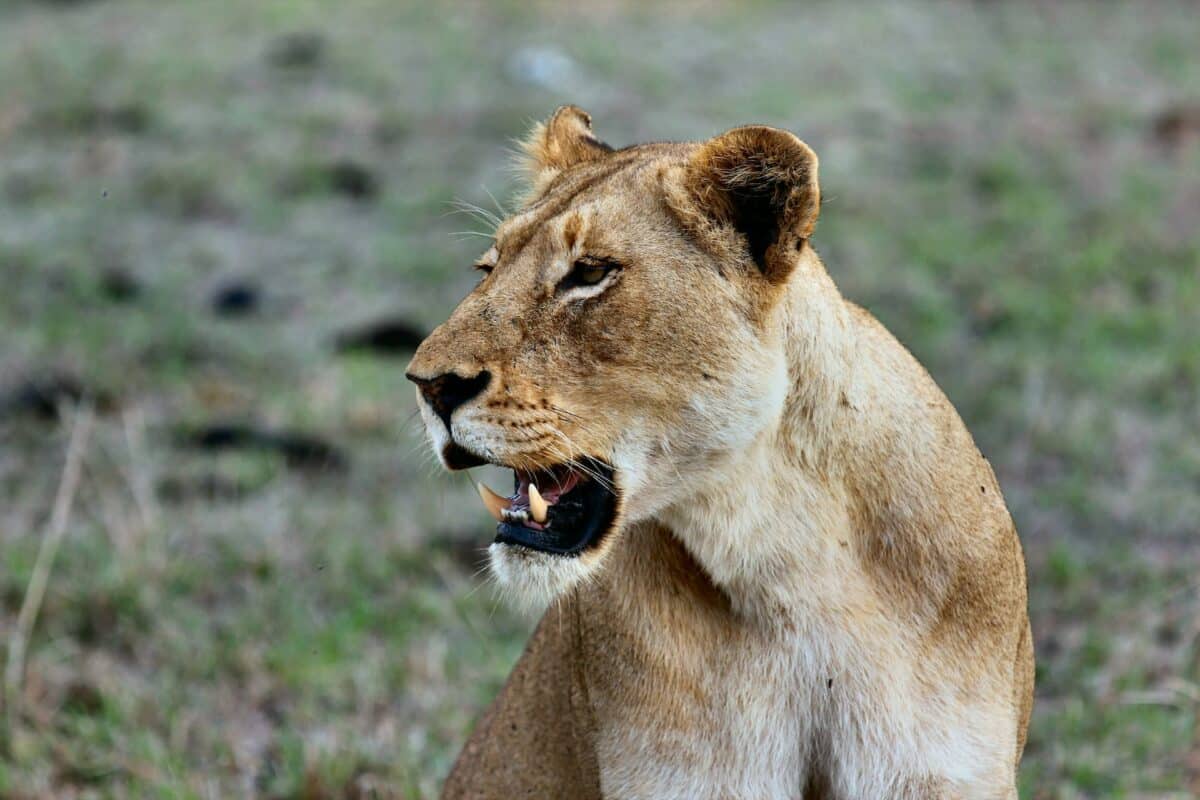
Population Status

Listed as ‘Vulnerable’ on the IUCN Red List of Threatened Species, the African lion’s estimated population in the wild ranges between 20,000 to 30,000, spread across sub-Saharan Africa. While this number is much greater than the Siberian tiger’s number, these figures are still alarming and continue to decline due to similar threats.
Threats

The biggest threats facing African lions today are human activities such as poaching for their body parts used for traditional medicine or status symbols; hunting for sport; habitat degradation and fragmentation caused by expanding agricultural land; and diseases spread by domestic animals encroaching into lion habitats.
Conservation Efforts
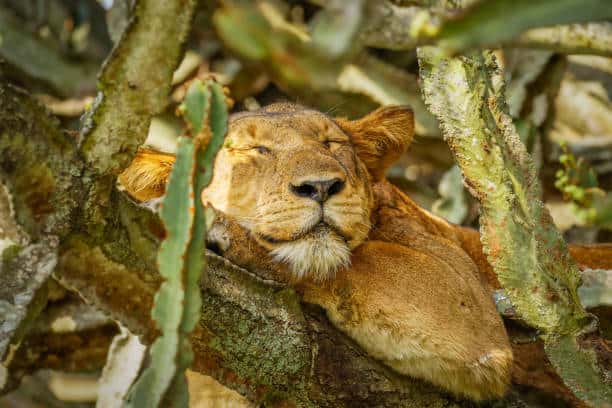
Numerous initiatives have been undertaken to try and reverse these trends, including:
- Creating wildlife corridors between fragmented habitats to allow lions more freedom of movement.
- Regulating trophy hunting operations as revenue generation for local communities (who often conflict with lions over livestock.) Oftentimes the profit also goes towards conservation measures, as ironic as it may seem.
- Increasing public awareness about lions through education programs and captive breeding programs.
In summary, the threats to the survival of the Siberian tiger and African lion are similar and require urgent action to protect these magnificent species for future generations.
Key Points
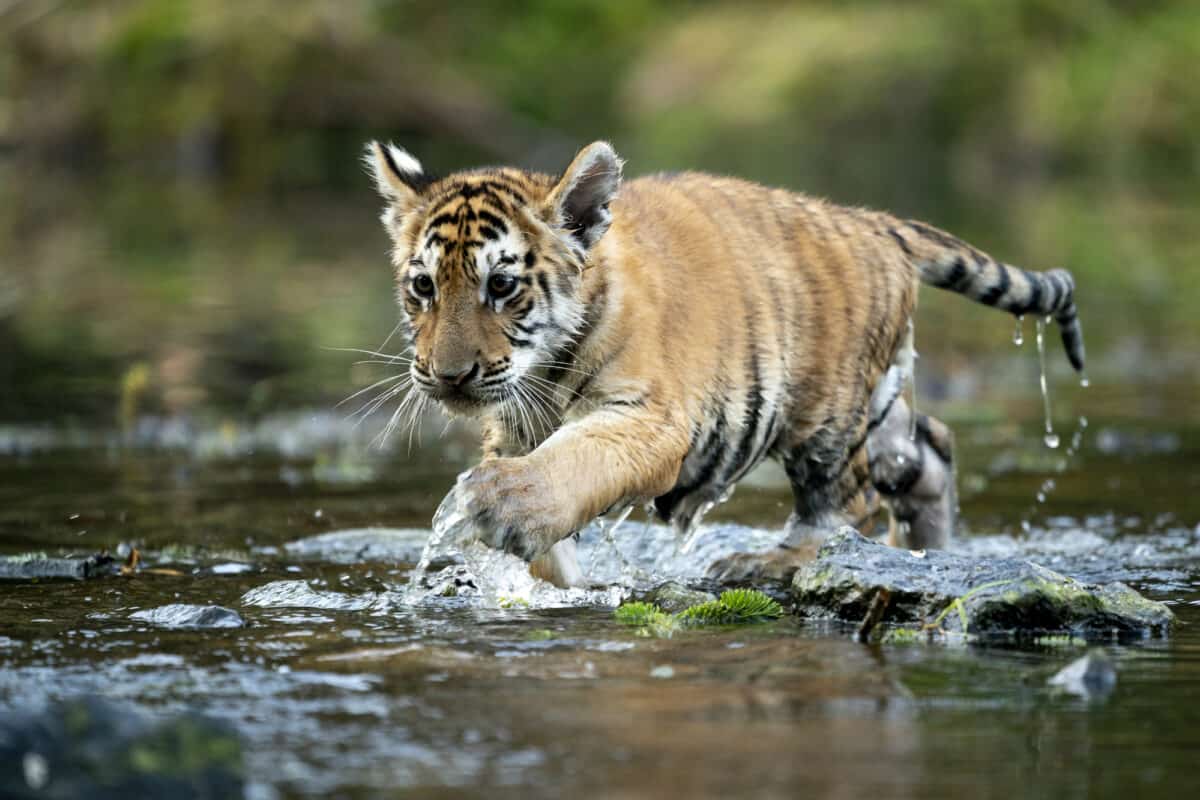
Conclusion
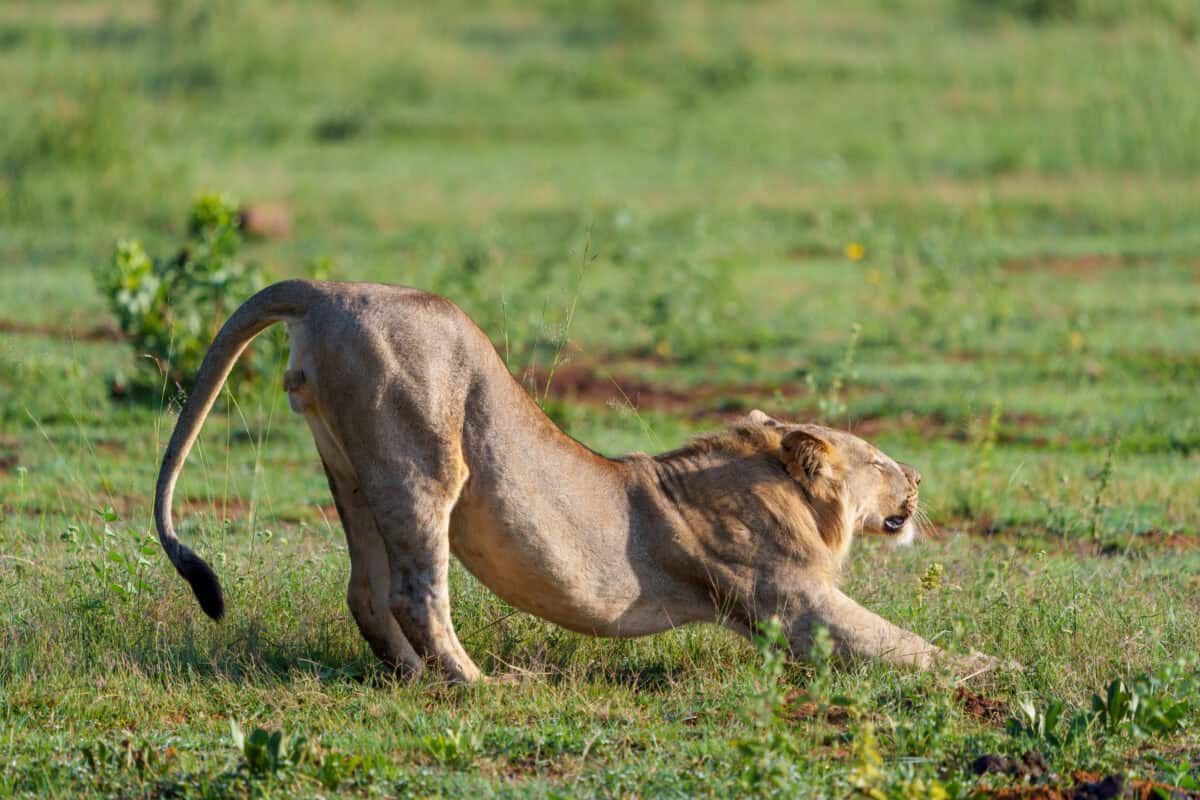
Who do you think would win in a fight? Are you team Siberian tiger or team African Lion?
We hope you enjoyed our assessment of the Siberian Tiger Vs. African Lion! If you’re curios for another intriguing battle involving the Siberian Tiger, take a look at our post on the Kodiak Bear Vs. Siberian Tiger.
Join our Forum for free today!

- Colorado Elk Stuck Inside Tire for Years Becomes Free at Last - June 26, 2024
- Baby Alligators - June 26, 2024
- Chihuahua Police Dog Dies of Heartbreak on the Same Day as Its Partner In Crime - June 26, 2024

